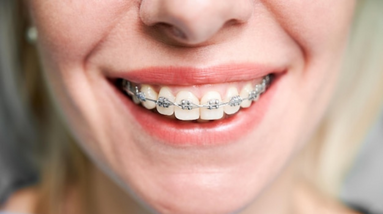
Orthodontics is a branch of dentistry that focuses on the diagnosis, prevention, and treatment of malocclusions (improper bites), as well as other irregularities of the teeth and jaws. The goal of orthodontic treatment is to improve the patient’s oral health, function, and aesthetics by properly aligning the teeth and jaws.
Orthodontic treatment can address a variety of dental and jaw problems, including:
Orthodontic treatment typically involves the use of braces or other orthodontic appliances to gently move the teeth and jaws into proper alignment. Braces consist of metal brackets that are attached to the teeth and wires that are threaded through the brackets. The tension of the wires puts pressure on the teeth, gradually moving them into the desired position.
In addition to traditional metal braces, there are several other types of orthodontic appliances that may be used, depending on the patient’s specific needs. These include:
Orthodontic treatment typically takes several months to several years, depending on the severity of the malocclusion and the type of treatment used. Patients are typically seen by the orthodontist every 4-8 weeks to have their braces adjusted and to monitor their progress.
Orthodontics can have significant benefits for patients, both in terms of their oral health and their overall quality of life. Properly aligned teeth and jaws can make it easier to speak, eat, and maintain good oral hygiene, and can also improve the patient’s self-confidence and self-esteem.